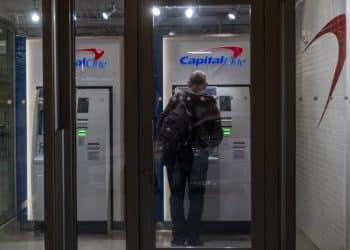RDC Giving New Life to Paper Checks (Drop Jaw Now)

But if you live in the US, chances are you still write checks now and then — for rent, the soccer league, the plumber — and that’s not likely to change, said Gary Brand, director of source capture solutions for Fiserv.
“RDC [remote deposit capture] is breathing new life into checks,” Brand said. “Being able to snap a picture, it’s taken a lot of the hassle out of checks. Business owners used to wait a week to go to the branch so they could deposit four to five days’ worth of checks. Now they’re depositing them as they come in, in real-time. The ability to deposit checks in a timely fashion is a powerful tool for businesses. Cash flow improves.”
It also saves banks money. While checks can cost $4.00 or more to process in branch, they are estimated to cost less than $1.00 via RDC.
And customers are saved a trip. “Saturday morning it’s a ghost town at the branch,” Brand said. “It used to be one of their busiest times.”
RDC has arrived for consumer accounts but is still not “table stakes” for business accounts, which often do not have mobile apps at all, Brand pointed out. “Even if RDC isn’t implemented for business accounts,” Brand said, “business owners, for convenience, will deposit checks into their personal accounts.” He added, “FIs are challenged with regard to value-added services to small businesses. There are plenty of new services businesses are looking that [FIs] can charge for.”
Retail environments that take in a great number of checks may not be the ideal market for mobile RDC, however. Brand said, “This is a the lifeline for small check scanners.”
With mobile RDC and payment dongles such as Square, the smartphone is a full-featured point of sale for businesses. (For cash, businesses will need something else, like PayNearMe.)
Christine Barry, research director at Aite Group, believes that RDC does not deserve all the credit for preserving checks. She told Bank Innovation, “Businesses and their processes are still heavily reliant on paper. More than 50% of payments still come in via check.”
This number is declining, but RDC remains important. An Aite Group survey from Q4 2012 found that 55% of U.S. banks believe that even as check volumes decline, it will not reduce the value of of check scanning among their customers.
“RDC makes the check a viable payment tool,” Brand said. “It looks like it’s going to be around quite a bit longer than we thought.”











